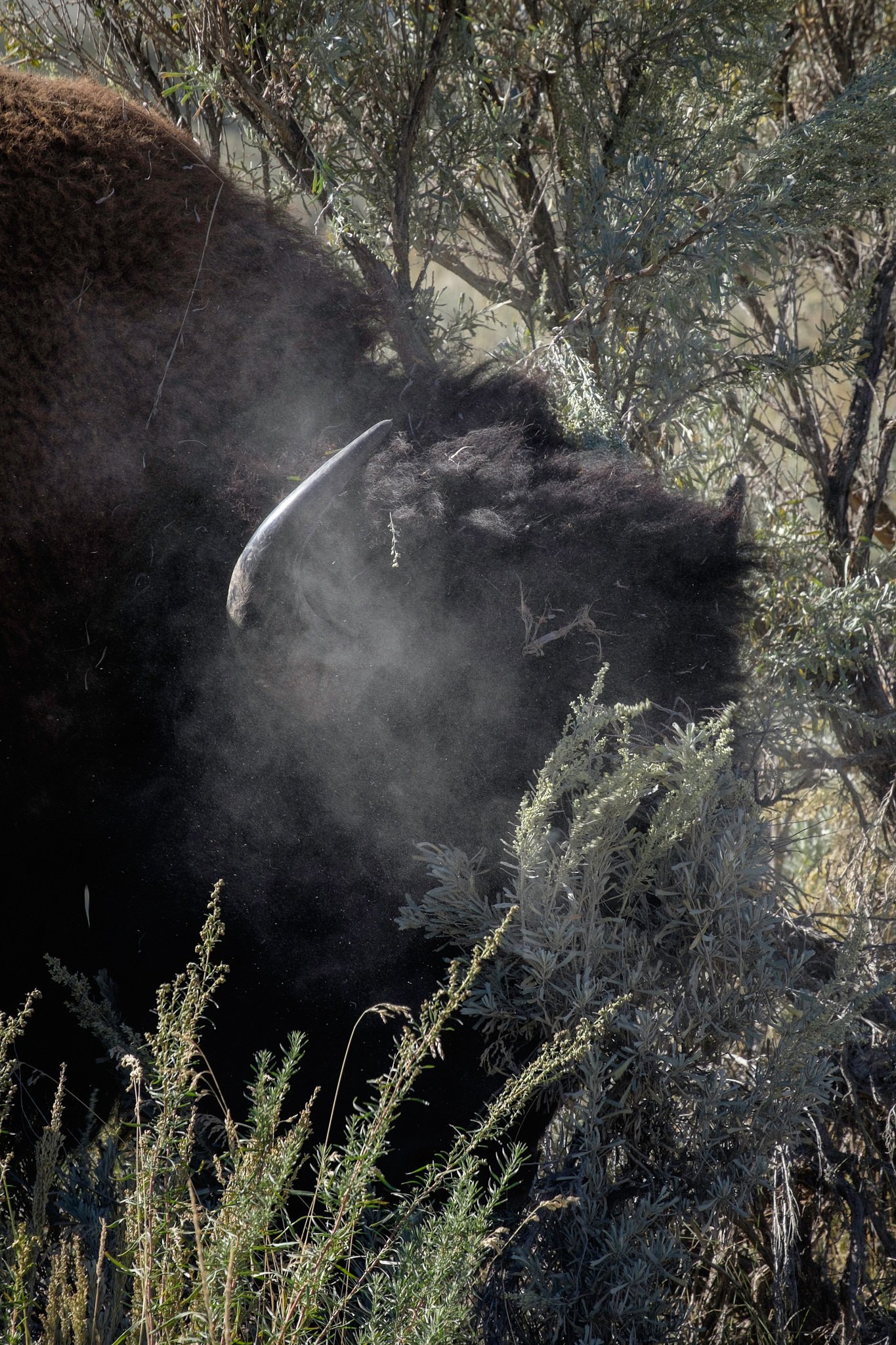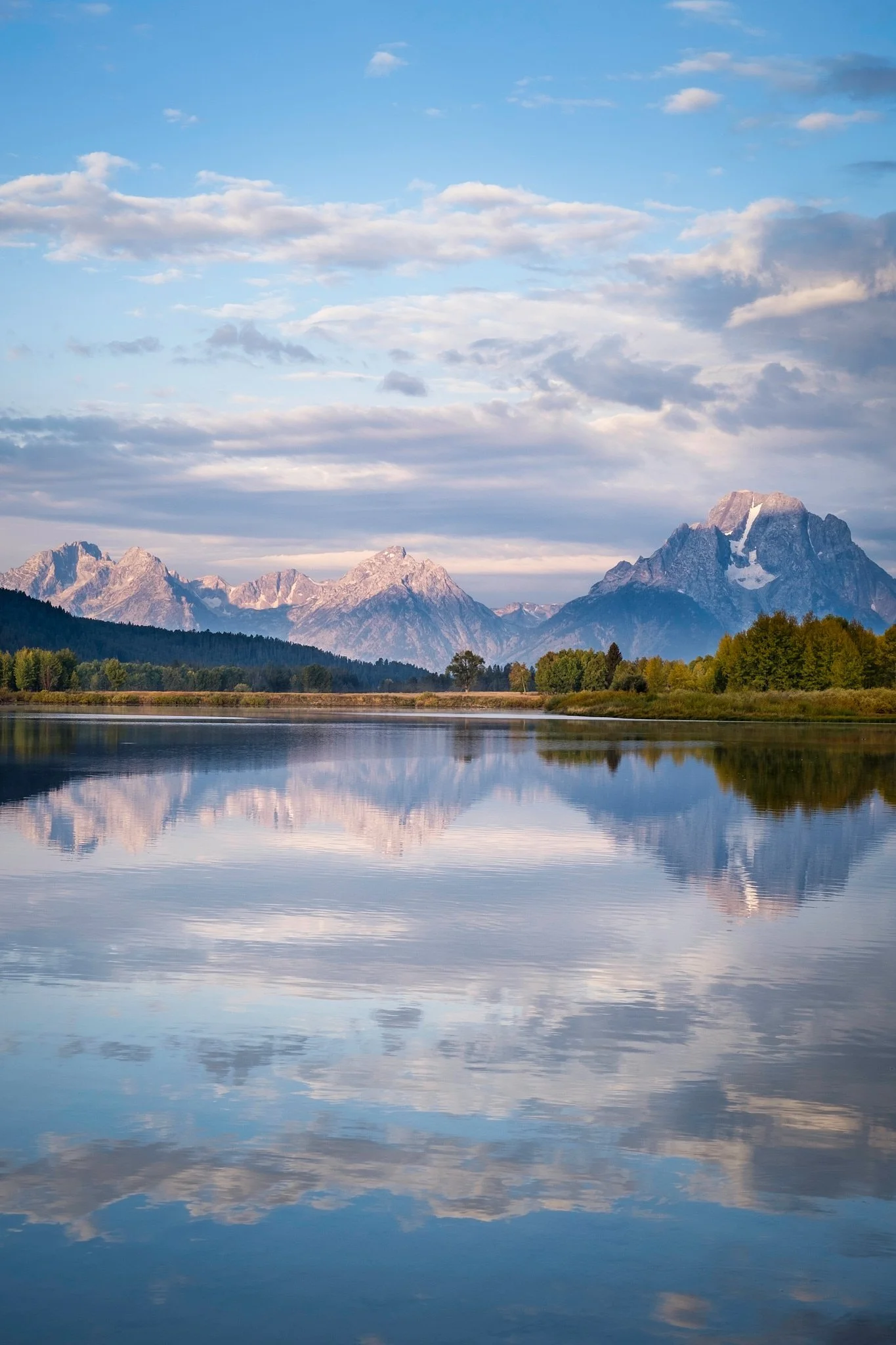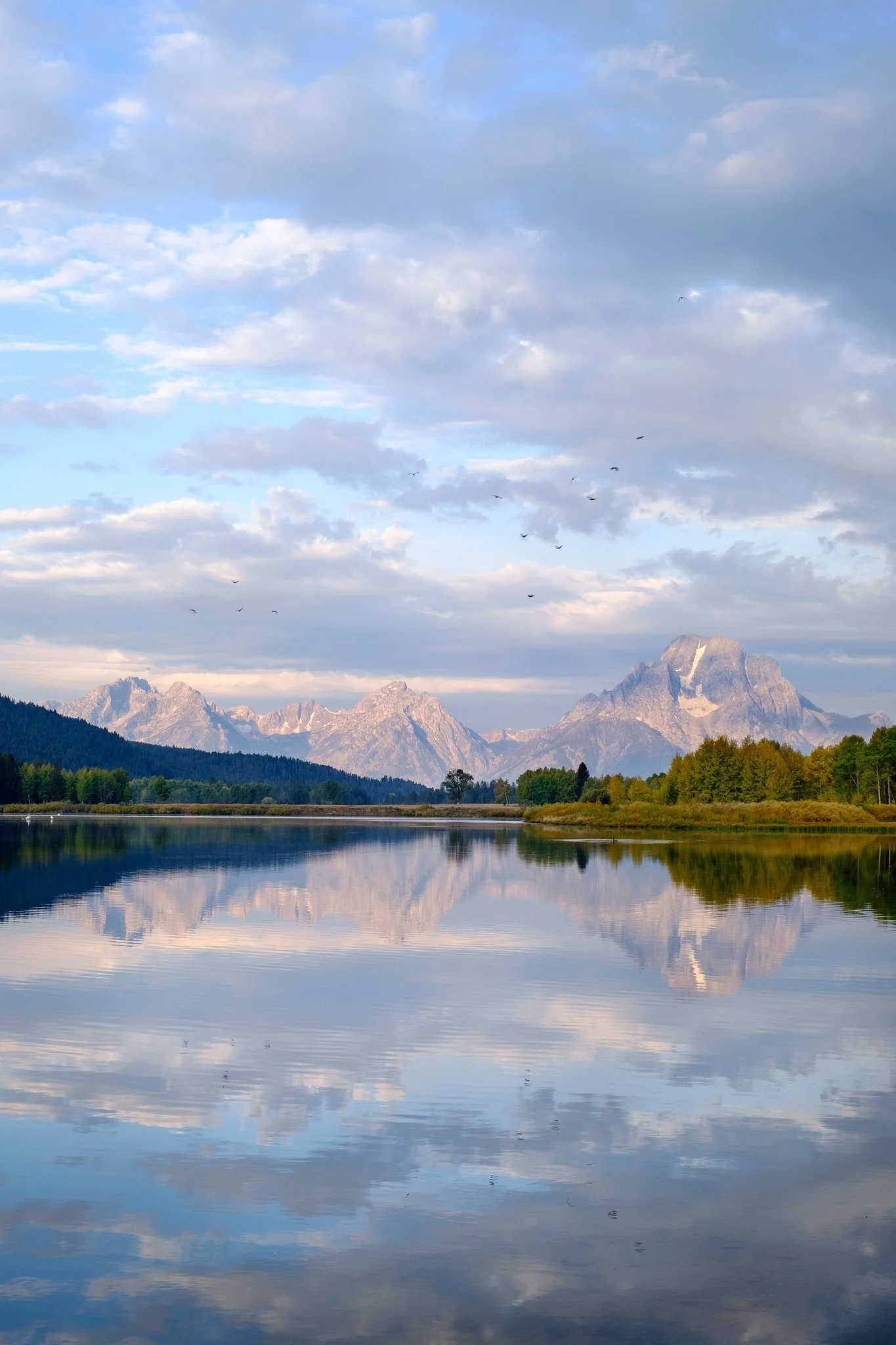Moment in Landscape Photography
But I regard myself still as an amateur, though I am still no longer a dilettante.” Henri Cartier-Bresson
One might ask why would someone like me, so focused on photographing in nature (I do have some issues with calling myself a landscape photographer, but that’s the topic for a different discussion), would focus so much attention to someone who spent his life doing reportage, photographing people and events, with only a smidgen of anything resembling a landscape photograph. Perhaps it’s because, while Ansel may be a saint and Brett my idol, Henri Cartier-Bresson stands above all others in both his imagery and thinking, and any time spent with him (whether with words or imagery) is enriching. So it is that I have returned to the book “The Mind’s Eye” containing his writings and to “The Decision of the Eye” discussing his friendship with Alberto Giacometti. In any event, as seems to always be the case, he’s gotten me thinking.
He’s reminded me how freeing and exciting photography can be. His discussions about looking at the world, everything in the world, and discovering it through the camera has started me thinking about whether I limit myself too much. It’s been a thought slowly creeping into the back of my mind from other sources as well, particularly since I’ve been avoiding hard news lately and there is really only so much football (soccer) gossip one can tolerate, thus I’ve been looking at more photography web/news sites. Anyway, reading Bresson is a reminder that I used to point a camera at pretty much anything and everything and leads me to ask myself why I don’t do that more. Face it, that is part of the joy of photographing, the sheer act of engaging in the process, regardless of the subject matter, and of seeing the world anew. Image-making as play and exploration.
But that’s not not the topic of this post, nor are thoughts on the importance of composition, the dynamic nature of our world and how photography interacts with it in ways unlike other arts, or even the impossibility, in most instances, of a photograph to convey the entirety of a subject, place or situation (although he talks about all of the above). Rather, the question here is whether there is “moment” in landscape photography akin in any way to the Decisive Moment that is so associated (due to an accident in translation) with Henri Cartier-Bresson.
He, of course, is not the only photographer to be aware of how one moment can transcend all others (preceding and following) to give added insight into an event and photography’s unique ability to depict such moments. Just look at the titles of other photographers’ books - Steve McCurry’s “The Unguarded Moment,” or Jay Maisel’s “Light, Gesture & Color” (what is “gesture” but a moment of expression?) - come to mind. And powerful it is. While many of us older folks may not remember the name of photographer Eddie Adams, we know on sight his image of a Vietnamese officer executing a Viet Cong prisoner in Saigon during the Tet Offensive. Hardly anyone knows or remembers the video taken at the same time; everyone who has seen it remembers the still photograph, frozen in time, forever.
So, turning to the landscape, it too is not static, though its rhythms differ from ours. It may operate with different cycles, but it is nature, and nature is ever changing. Sometimes, that change is slow, like with the seasons.
Other times, that change is perceptible, such as the transitions every morning and evening as described in the recent Deadpool post.
For other images, it’s that fleeting moment you happen to be in the right place at the right time for nature to reveal its beauty in ways it would not possess even a few minutes later.
Sometimes, it’s very much a decisive moment a lá Cartier-Bresson, and you’re fortunate enough to photograph an act that reveals something that most may never eve think of when thinking about an animal in the wild.
Why wouldn’t a bison need to scratch its neck?
But what about moment in broader image-making within the landscape? I’m not just talking about being somewhere during a particular season, or intentionally going to a location during times of the day where interesting transitions happen. Is it possible for a landscape, call it a mini-ecosystem, to have its own decisive moments? Why wouldn’t it?
Look at the next three images.
and . . .
and . . .
I don’t need to tell you which one has moment (as well as a very fortuitous composition - thank you very much birds), which in this case gives the image life. Bresson talks about remaining engaged when photographing a subject, staying for as long as possible, even when you’re sure you’ve made the best image you can make of the setting, because you never know what else the world will bring to you. Bresson is so correct - it is ever changing, but not always rewarding (another thing Bresson pointed out). Thus, I stuck around after the birds flew off, waiting to see what else might happen, making an image here or there. But those latter images contain that which so often follows the decisive moment, which is . . . nothing much special.
I’ve thought a lot about moment in the landscape, but reading Bresson was a good reminder of its value. As early as 2013, I was fully aware of timing when it comes to photographing the ocean:
But when I heard a flock of birds coming from the south, I wondered whether I could make an image that was “more.” So, I waited anxiously as they arrived and then passed across the frame, hoping that a wave would crash with them still in the image. Just as the tail end of the flock was crossing the frame, it all came together and I pressed the cable release.
One image has more than the other. As I mentioned in the Hallway Viewing post, the more enriching components an image has, whether it is composition, light, or moment, the more opportunity there is for the image to engage a viewer.
Much the same thing happened the following year at the Grand Tetons. One image is a nice enough landscape …
But as I was starting to remove my camera from the tripod and saw a flock approaching from the distance, I quickly remounted it, reframed the image to where I hoped the flock would fly, and waited . . .
Yes they are barely obvious in the image, but once you see them, it’s hard to not keep returning to them, whether in the sky or reflected in the water. Why is it that the smallest detail can influence an image so greatly?
Henri Cartier-Bresson also got me thinking about how moment can play out in the landscape via the photographic process itself to convey other aspects of a situation. Many think of photography as “instantaneous” but it is not. The shutter speed is just that, a speed that varies, sometimes tremendously. And that variability has an effect that can give expression to the landscape, particularly when it isn’t 1/60th of a second, the rate at which the eye tends to see things.
I was reminded of a series of images I made in Yachats in 2015. Ann and I went to the coast and the waves were, in a word, violent. Short of a winter storm (we’d been there for that once and were wise enough to stay well away from the shoreline), I’d never seen as violent an ocean as this in anything but a storm. And that’s what I wanted to convey, the power and violence of the water.
It took me a bit of time and a few exposures to find the right shutter speed, and then to make a series of images hoping to get the wave patterns right. I wanted an image that conveys that sense of powerful energy and dynamic motion that would instill a viewer with the knowledge that if you fell down into those waves, you were a gonner.
Then the light changed, and just as quickly my mood and my impression of the ocean changed. Suddenly, I had a desire to make a very different type of image that would convey a very different set of emotions.
The first image was photographed at 1/3 of a second. The second at 2 seconds (and of course with the benefit of the changed light).
They were taken 2 minutes and 20 seconds apart. The two images are a stark reminder of how quickly nature can change, and with it one’s impressions (I’m stunned at how different my feelings about the ocean were once the red skies hit). And how a simple photographic process (shutter speed) can change the expression of the moment.
So was spending some time reading Henri Cartier-Bresson worth it? I think so.










